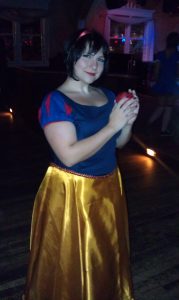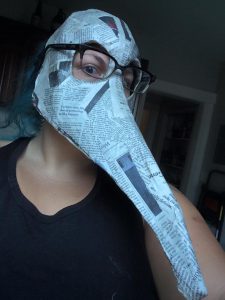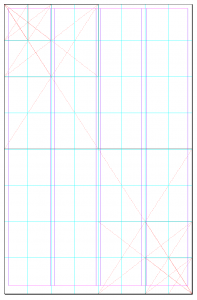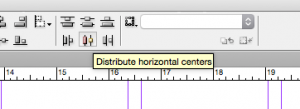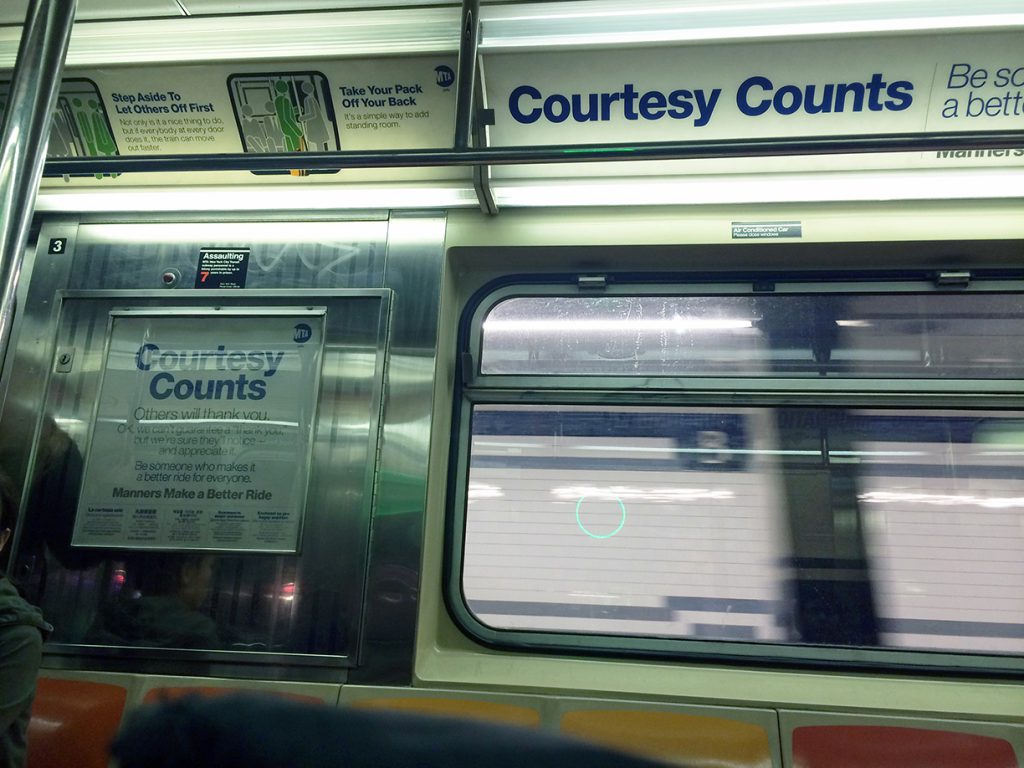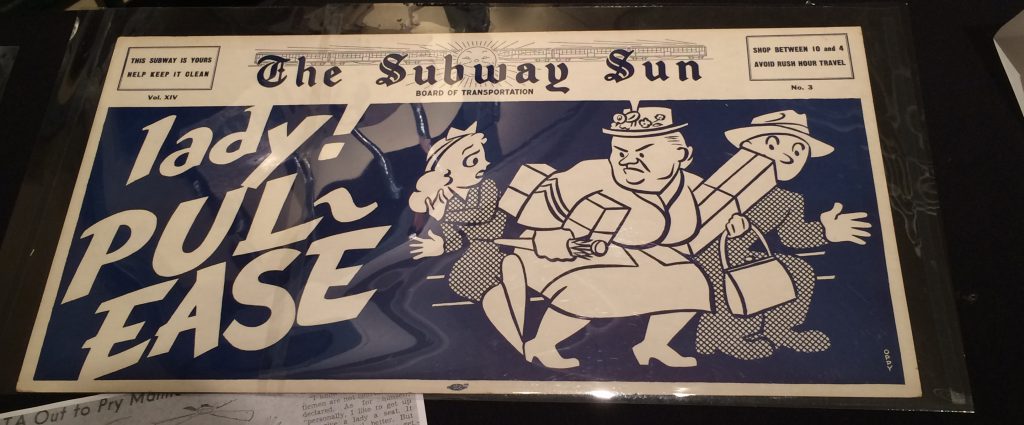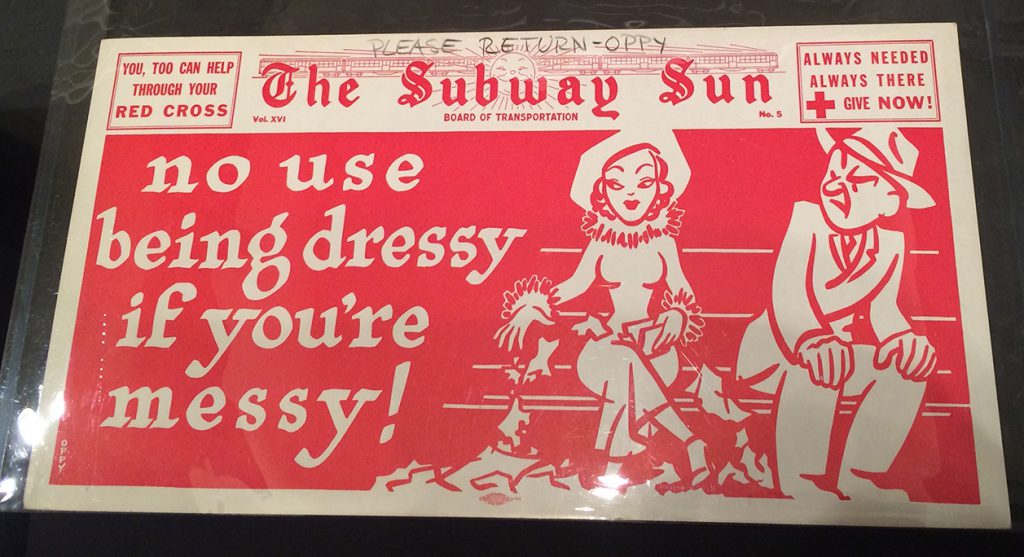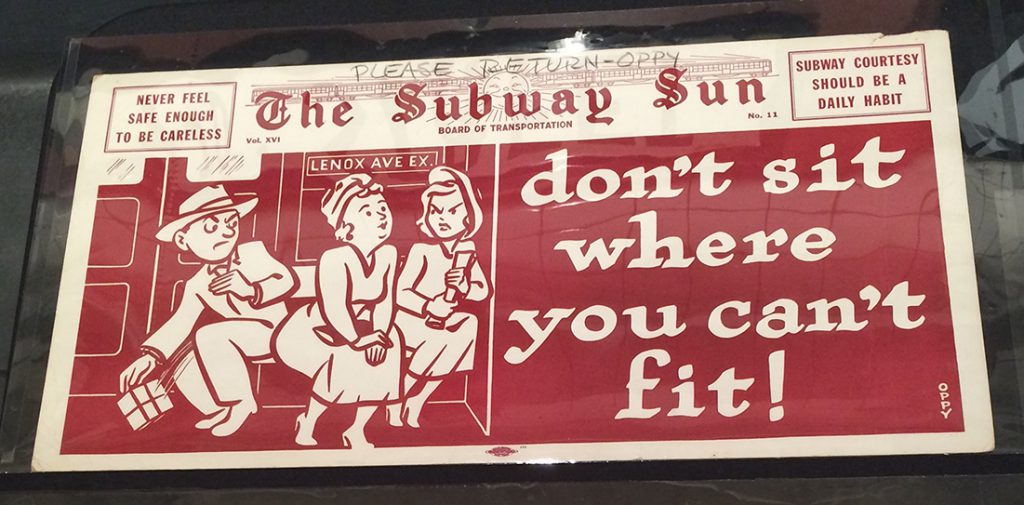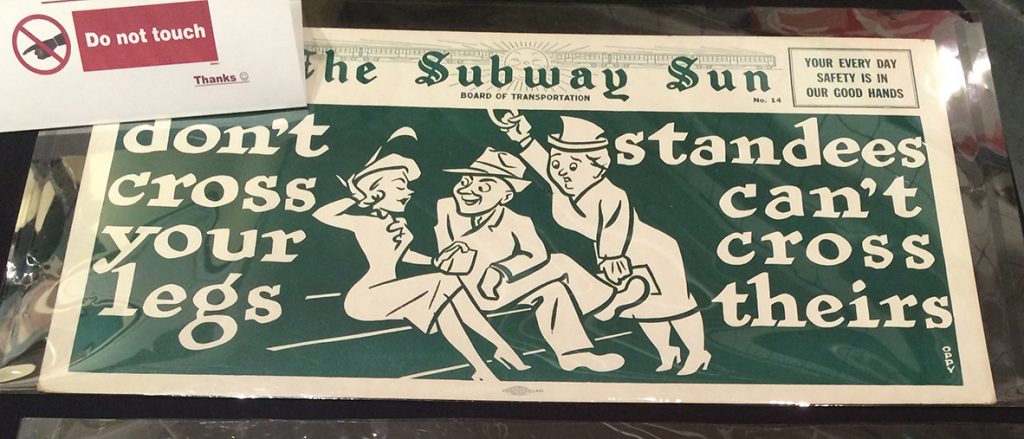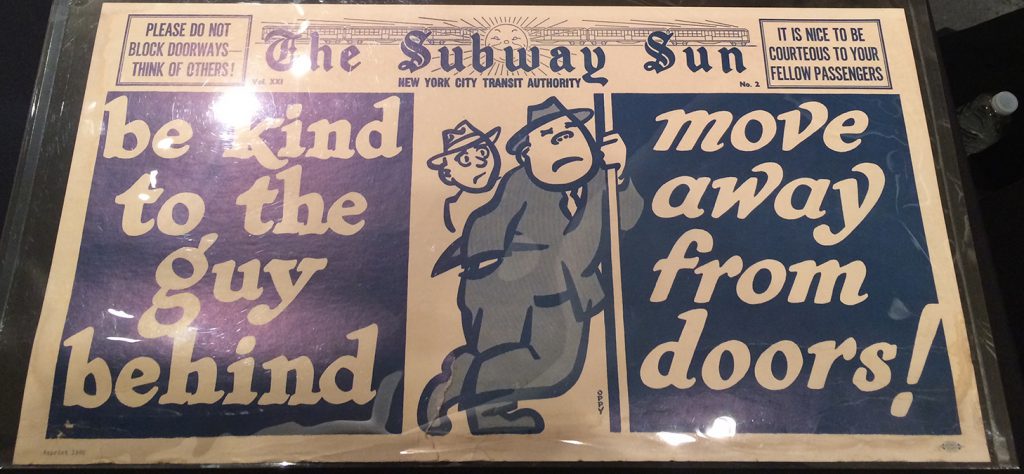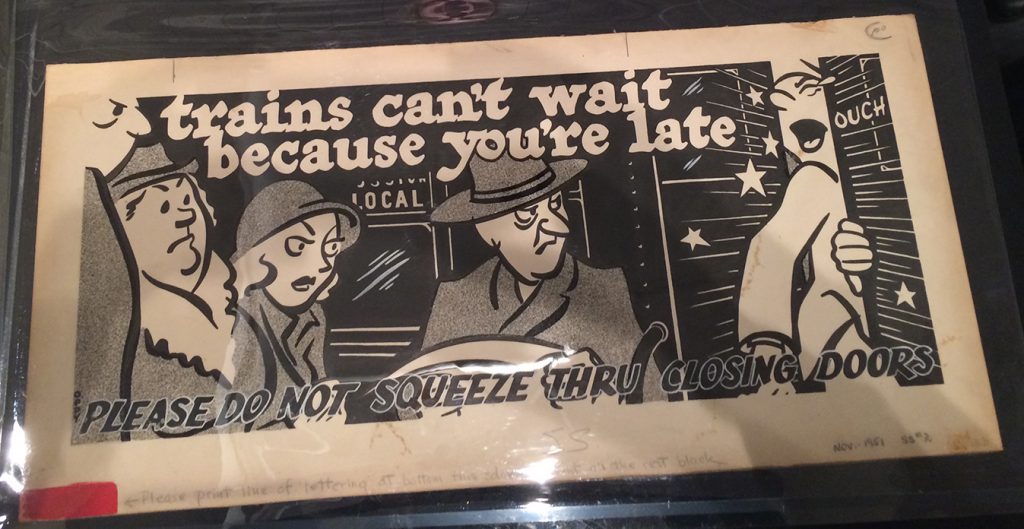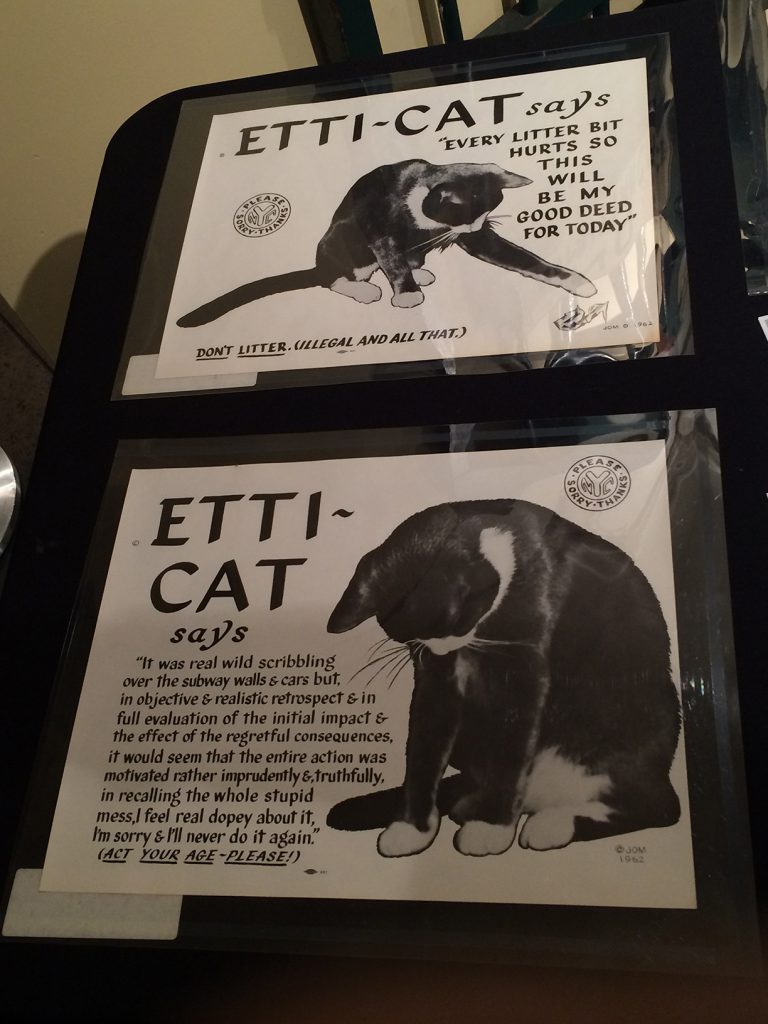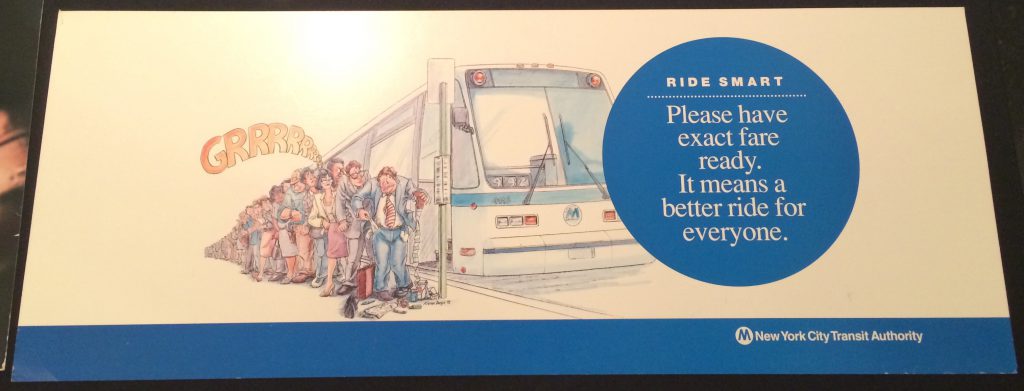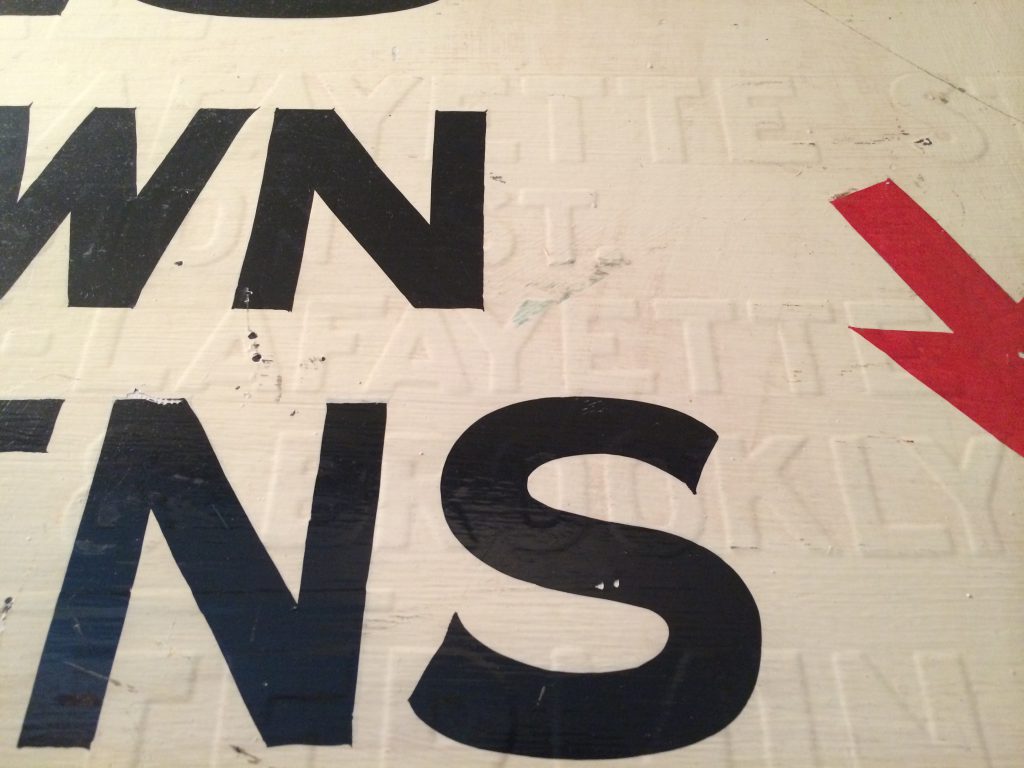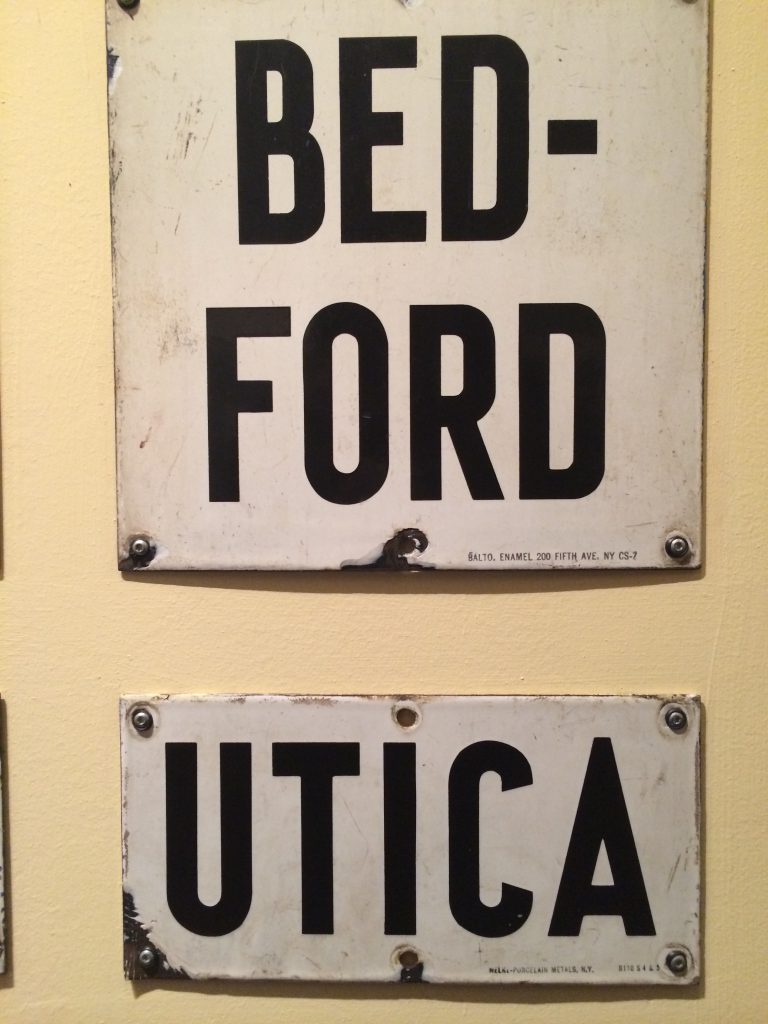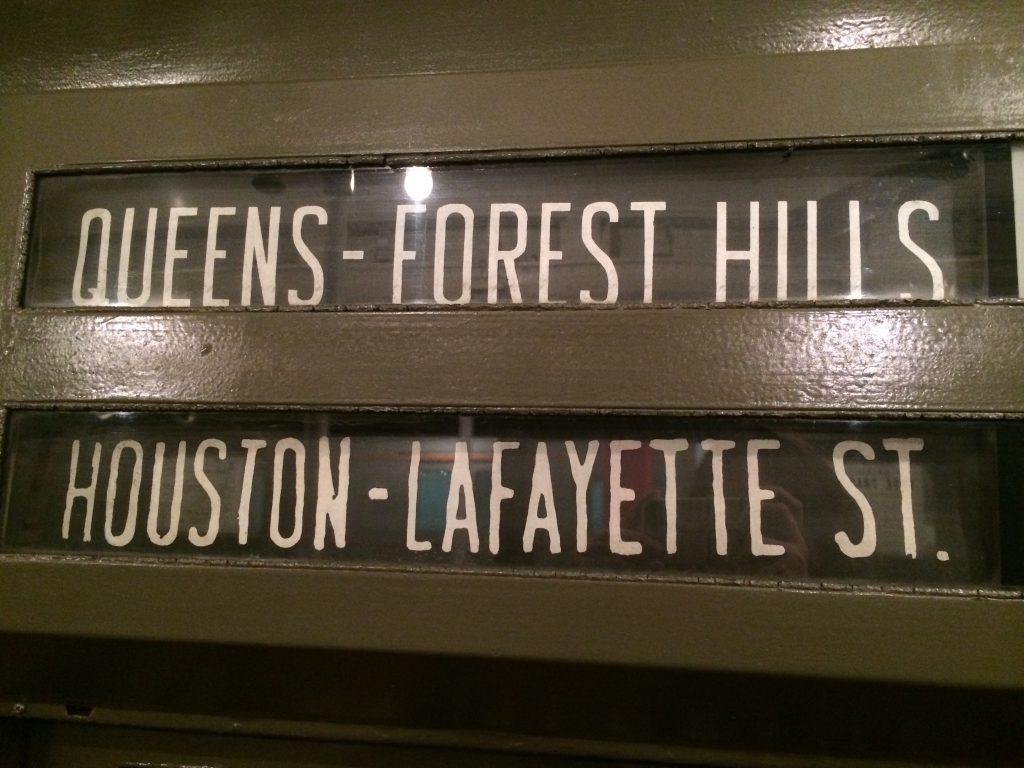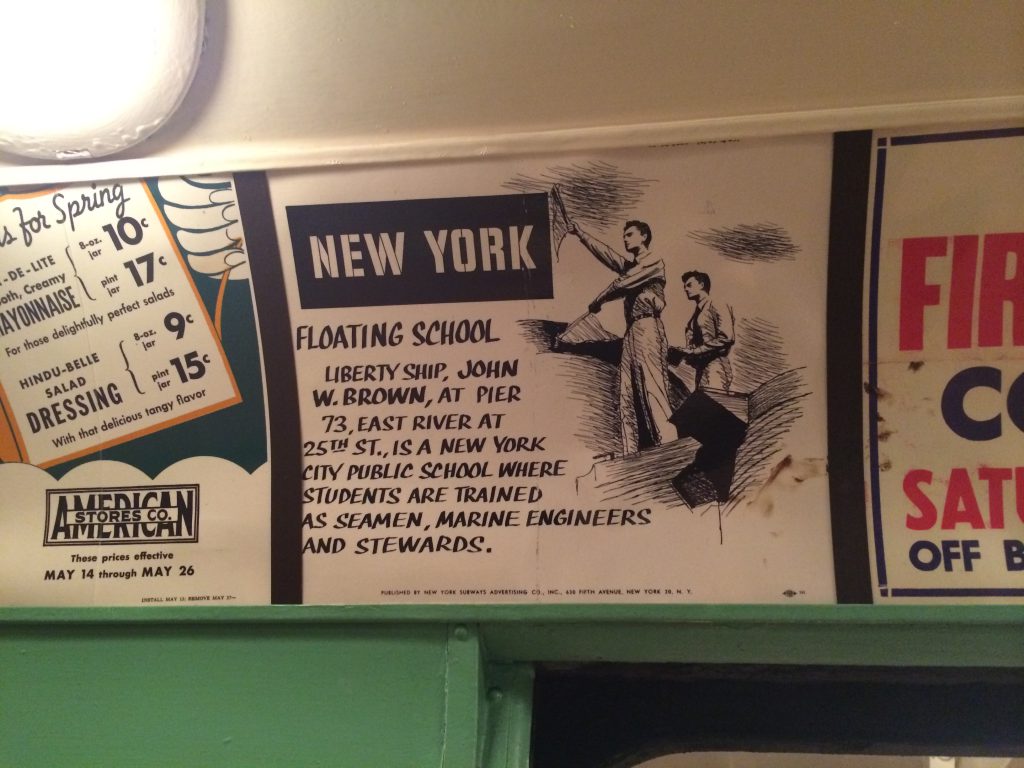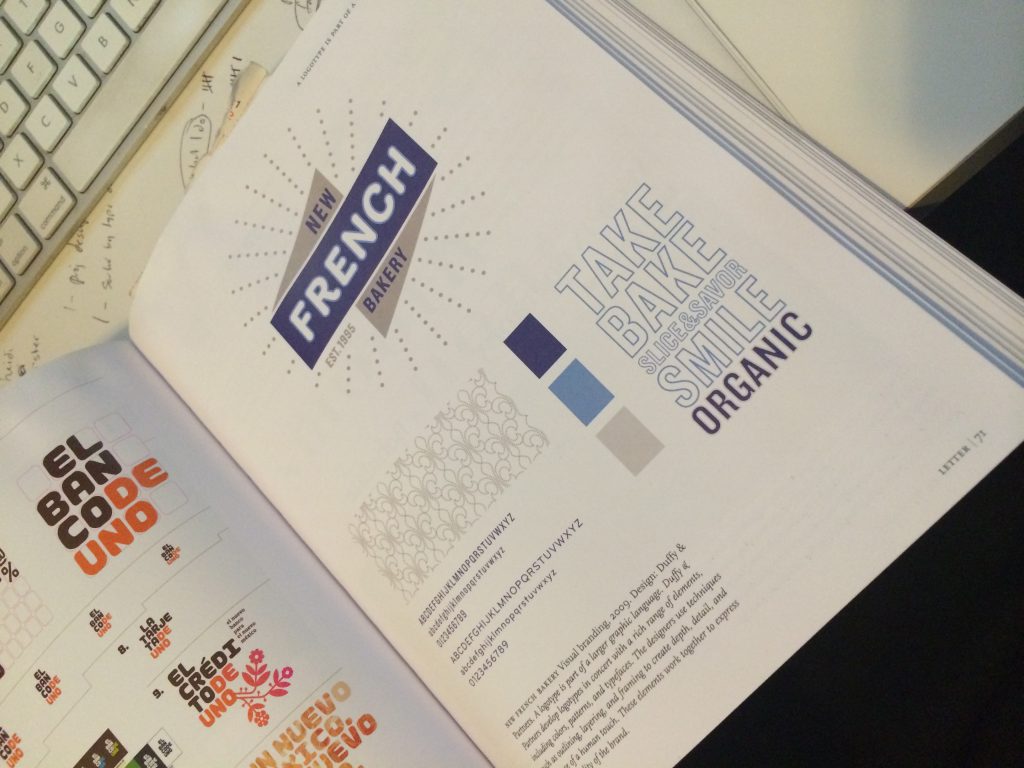After 8 days at sea, crossing the Atlantic on a luxurious boat, and 3ish days in London, I’m back home in New York waiting to start a new job.
While on the boat, we decided to lock up our electronics and cut ourselves off from the world. It was wonderful. This does mean I don’t have a whole lot (read: any) photos of Cunard’s Queen Mary 2. It was a massive cruise liner, and possibly the fanciest experience I’ve ever had.

Before boarding the train to London, I wanted to explore Southampton. Mainly, the SeaCity Museum which features an exhibit on Southampton’s Titanic Story. Many of the crew members who perished lived in or around that area and aside from being a major seaport, the Titanic story is what the city is most known for.
I’m no expert on museum design, but the Sea City Museum is extremely well done. Surprising, the Titanic portion paled in comparison to the exhibit on the history and artifacts from the local area, Southampton: Gateway to the World.
A major football (soccer) arena was built in Southampton and a host of archeological treasures were found during construction. They threaded the city’s history (and significant immigration events over time) from early pre-agricultural days to the present century with the remains of a tree trunk viking canoe, ancient bronze tools, luxurious jade axe heads, Roman coins, several styles of pottery and glassware, through to modern day tokens representing major migrations spurred by wars abroad.
My favorite tidbit was learning about Hampton Board Serge, a type of wool weave introduced to the area by Huguenots immigrants seeking safety in England (thanks, Henry VIII?). The craft was mostly dominated by women, which seemed refreshing to read about. Or at least one woman, Judith de le Motte, who continued her husband’s business after his death. (More details about her and hampton serge here.)
The interactive map in the center of the space was really cool and well done. It tied the artifacts on display to where in the city they were uncovered. It allowed up to 4 users (I think, as I was the only person there at the time) to zoom in, rotate the map, and select info points. The designers also set it at a height that was suitable for both younger and older museum visitors.
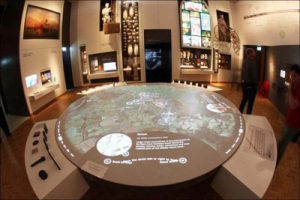
The Titanic exhibit catered more to school trips. There was less dense information spread out over larger spaces, easily accommodating a student group of 20, which I had the *ahem* pleasure of witnessing in action.
The info panels weren’t terribly fascinating if you’ve ever had a casual interest in the event, but the personal items on display were interesting. Several examples of work papers, photos of survivors and how they escaped, artifacts that helped assemble an understanding of daily life in 1912.
My favorite part of the Titanic exhibit was the section covering the trial. Here’s where the location of the museum was smartly incorporated. The museum is housed in a former city building and courthouse. All of the post-sinking inquiry and trial information is presented before entering an actual courtroom. Inside the courtroom, images of key figures and audio of their testimonies are projected on opposite sides of the courtroom. By the time I got to that part, the students were still in an earlier section but I can imagine that it would be a fun experience, even if I were too young to appreciate the design behind the setup.
I found photos of the museum from the agency who created the exhibits. Unfortunately photos are not allowed in the museum.
Downstairs near the cafe where I had left my partner to reunite with his digital life were WORKING games from the era. I didn’t play any, I didn’t have any pence yet, but I was thinking how awesome Coney Island would be if it could get its hands on machines like that.
I guess it makes me wonder what this generation of designers, artists, manufacturers, entertainers, builders, programmers will leave behind as lasting pieces of the time. Much of our lives exist as intangible goods that only have meaning so long as people can find them or more important, find them interesting.
The Victorians made things to last. Large and in charge, ornate and excessive. Factories still use their machinery and equipment today. I can’t say one style is better than the other, each system is born out of a tangle of social-economic-political factors that make them possible. They built for a legacy, for tradition.
The idea of leaving a legacy no longer seems important and I wonder if that’s a result of a culture that is driven by goods -tangible and otherwise- that are fleeting.
Anyways, if you ever happen to be in Southampton with two hours on your hands, check out SeaCity Museum.


